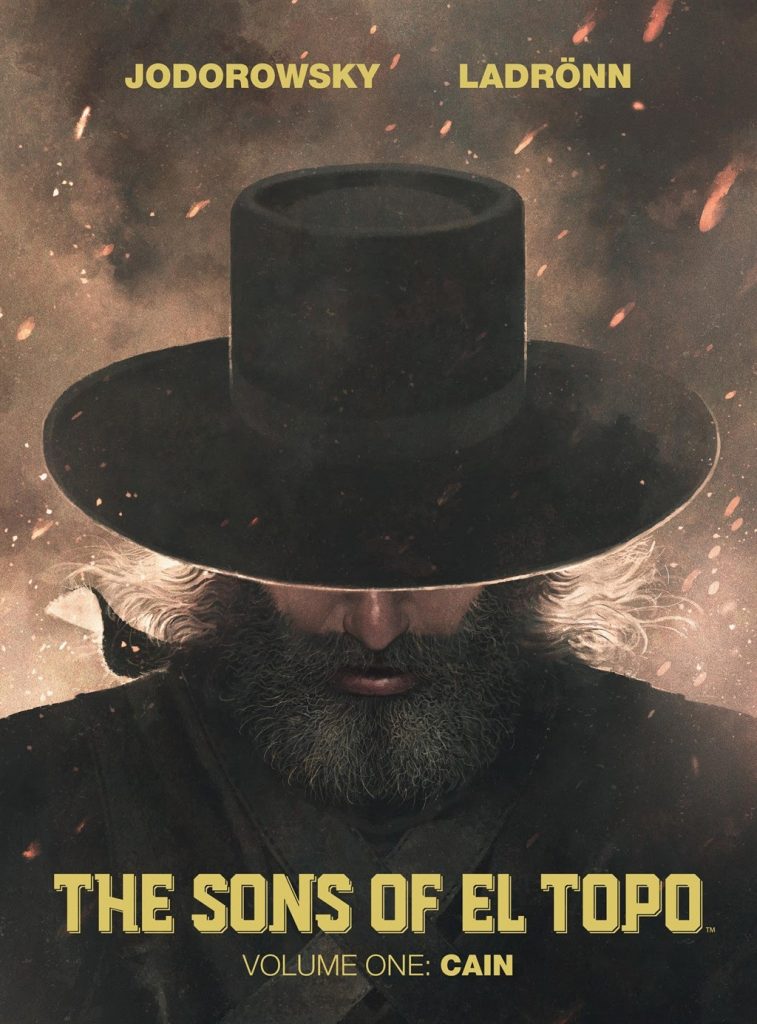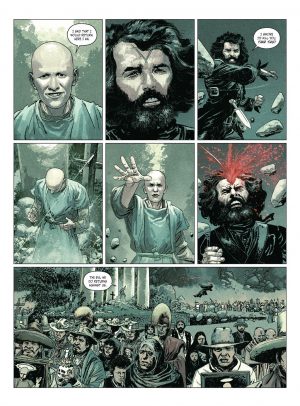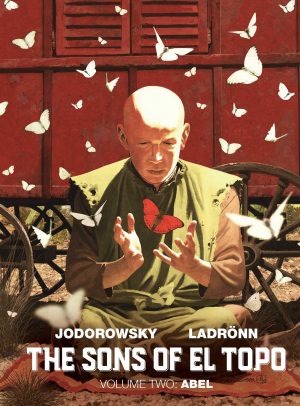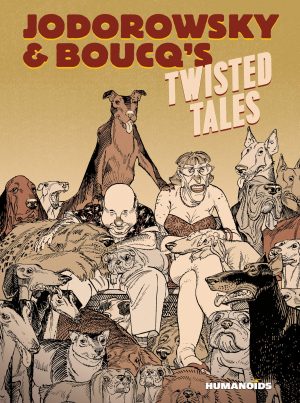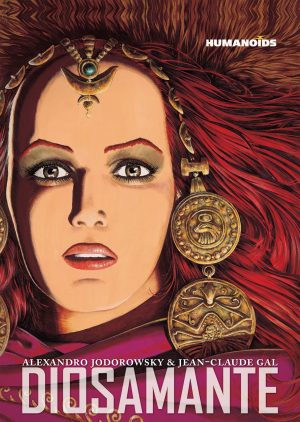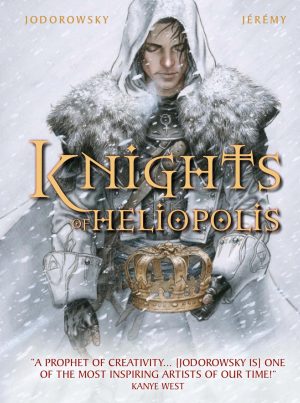Review by Frank Plowright
Alejandro Jodorowky’s 1970 Western El Topo is bizarre, but thoroughly entertaining. However, despite it being an unexpected success and well regarded, Jodorowksy could never raise funds for the sequel. In 2016 he instead opted to adapt his screenplay as a pair of graphic novels drawn by José Ladrönn.
Jodorowsky’s introduction notes Sons of El Topo being broken down into three widescreen panels per page in order to simulate the experience of watching a movie as closely as possible. That isn’t the case, but the contradiction just feeds into the continuing madness, which begins by adapting the closing scenes of the movie where Cain finds himself unable to kill his father, so vows to kill his son, who’s only just been born.
The new material begins with a scene at El Topo’s grave, a shrine that attracts numerous visitors despite the difficulty of access, just before Cain’s return, now older, but still bearing the scar his father gave him. He also still bears his father’s curse of being invisible. All fear him, and none will speak to him, or even look directly at him.
Elements of Cain are profoundly disturbing, yet form part of a bigger picture, although that picture isn’t always clear. Did El Topo see the evil already within his son and condemn him for it, or has Cain modified his behaviour to perpetuate an outcast persona? Is the evil shown as part of a redemption arc? How does it slot within the reinforcement of Catholic hypocrisy? There’s a fair amount to ponder, and while not entirely mitigating the use of a rape scene, the ambiguous aspects raise Cain above misogynistic titillation.
While there’s narrative uncertainty, there’s artistic certainty when it comes to Ladrönn’s immense talent. There’s wonder on every page. Ladrönn’s inclination is for detail, very much apparent on almost every page, but when the story calls for a solitary rider within a vast landscape he’ll supply it with equal lushness and equally effective use of space.
Cain leads naturally enough into Abel. The path to redemption has been presented to him. Will he follow it, or will the Biblical events between Cain and Abel prove prophetic?
